Chess Strategy – Top 8 Concepts to Learn
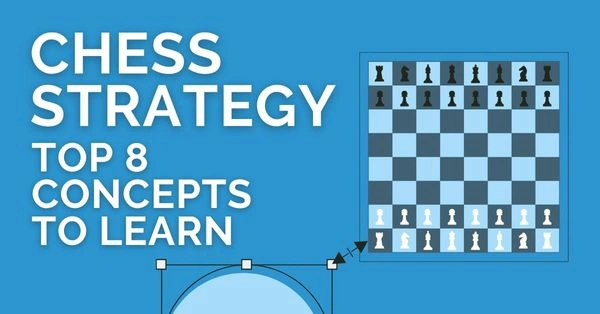
Chess strategy is key to becoming a master of the game. It is an integral part of the game that is set in motion from the first move. Learning chess strategy and applying it prevents us from playing aimlessly and just shuffling pieces around.
The strategy helps us to achieve our objectives. With a solid understanding of chess strategy, we’ll be able to anticipate the opponent’s moves and formulate a winning plan.
Chess Strategy helps us to achieve our objectives. With a solid understanding of chess strategy, we’ll be able to anticipate the opponent’s moves and formulate a winning plan.
In this article, we look at the top 8 strategic concepts to learn.
1. Evaluation of Position
Navigating any position on the Chessboard requires the quintessential skill of evaluating positions. The immediate or long-term outcome of the moves you play depends on your ability to evaluate accurately. The evaluation you come up with serves as a roadmap, guiding your future strategic decisions.
In any given position we perform an initial evaluation and then an ‘aftermath’ evaluation.
The initial evaluation is a quick and basic evaluation that can be performed by assessing all the pluses and minuses of the position. After this there are two possibilities now:-
- If have a better position then you must look for ways to improve your position, go for an attack, or stop your opponent from neutralizing your advantage.
- If you’re at a disadvantage then look for ways to neutralize it.
This becomes the goal that you pursue with the current position.
With the goal in mind, you proceed to identify Candidate moves that are in line with this goal, and then calculate if necessary.
After calculating each line, evaluate the resulting position in your head. This is the ‘aftermath’ evaluation. This is an important step and most amateur players forget to do it. The aftermath evaluation tells you whether your goals have been achieved or not.
Note: In sharp positions, it is not always possible to get an accurate initial evaluation of the position without calculation. Therefore, you need to calculate to get the initial assessment of the position.
Often an evaluation of a position will tell us that a plan is required to achieve our goals.
2. Game Planning
In many old chess books, a grand plan that the master conjured up is shown to the reader. This makes us amazed and bewildered at the amazing erudition of the master.
But in a complex game like chess, a grand plan rarely works out.
So, does planning not play an important role at all?
On the contrary. Planning is essential in almost every position. Just not the ‘grand’ ones.
In the following position white has a space advantage and well-placed pieces. White must decide on a plan to improve his position.
Polugaevsky – Portisch, Mar del Plata, 1982
White to Play
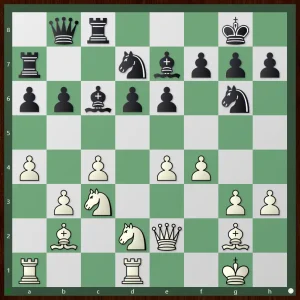
White has got the central breaks under control for the time being. He identifies a plan to put a piece on the central square d5 based on a tactical weakness.
h4 h6
First, he starts by gaining space on the Kingside. The idea is to play h5.
h5 Ngf8
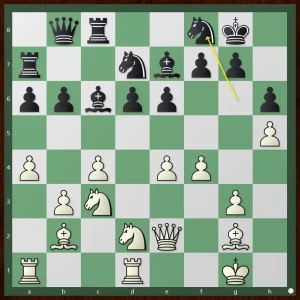
Nd5
This was White’s idea! White exploits the vulnerable position of the bishop on e7.
Planning and tactics go hand in hand. If your plan has tactical deficiencies then your plan will fail no matter how good the idea is.
Another aspect to remember when planning is to know what your opponent is planning! Chess is a two-player game and your opponent is trying to win as well. So, stopping your opponent’s plan is just as powerful as executing your own. This is where Prophylactic thinking comes in.
3. Prophylactic Thinking
Prophylaxis is the art of identifying and stopping your opponent’s ideas. First, we need to identify the opponent’s threat and then evaluate whether the threat is dangerous or not.
Prophylaxis is a chess strategy that is common in master games. Learning it will surely improve your game.
In the position below try to find Black’s prophylactic plan.
Kupchik – Capablanca, 1926
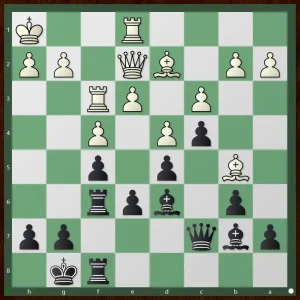
The center is closed and Black has the upper hand on the Queenside due to the advanced pawn on c4. Capablanca plans a Queenside expansion and breakthrough in the future. But before that, he assesses White’s plan as well.
White has only one plan to play for in the position and that is the g2-g4 break. White wants to advance on the Kingside and open lines, otherwise, he’ll be invaded on the Queenside.
Capablanca immediately puts a stop to it by playing
1..h5!
4. Maneuvering of Pieces
Karpov describes the objective of maneuvering in an instructive manner.
In level positions, the play assumes a particular character. As a rule, it proceeds quietly -incautious actions can quickly spoil everything. The players will usually begin some lengthy maneuvering, in the course of which they try to avoid weakening their own position while provoking the formation of weaknesses in the opposite camp. – Karpov
So maneuvering is an effective chess strategy in level positions. It can be quite effective against an aggressive opponent.
Maneuvering and planning go hand in hand. Everything we have learned so far is important when maneuvering.
The first step is to realize the position demands controlled play. You can know this by evaluating the position correctly.
Next, we decide to maneuver our pieces. For this, we need to have a plan on which pieces to maneuver and where to place them. At the same time, we also have to be on the lookout for the opponent’s maneuvering and whether it is dangerous (prophylactic thinking).
5. Playing with the Isolated pawn
Having an Isolated pawn position or ‘Isolani’ confers dynamic possibilities. There are many ways to play with the Isolani.
Let’s take a look at one such method of play.
When you have an isolated pawn, you can go for a direct kingside attack. A typical device is the Rook lift along the third rank. Often a Bishop sacrifice follows this to open up the position.
The Rook lift is possible because White has an advantage in space due to the isolated d pawn. The open c and e files facilitate the quick switching of the Rooks from one flank to another. The following game demonstrates this idea in action.
The possessor of the Isolani must use the dynamic potential of the position as in the game above. Otherwise, he risks getting a statically worse position.
Next, we look at how the Isolated pawn can become a target for attack.
6. Playing against the Isolated pawn
An Isolated pawn is a static weakness if it is blockaded. A typical method here is to exchange pieces. By reducing the number of pieces, we reduce the attacking potential.
In the following game, former World Champion Botvinnik demonstrates how to exploit an Isolani.
The move 19. Ne5 is instructive. The idea is to Blockade on d4 so he exchanges off a key defender of that square.
Another instructive moment is 25.g4 when Botvinnik uses two pawns to create a weakness on the Kingside.
When pawns are isolated, they are vulnerable to such attacks. But in the middlegame, pawns as a unit can give us the initiative.
7. Pawn Majority on the King’s Side
Pawns should be considered as a unit. They function better when used as a unit. A strong mobile pawn unit can quickly overwhelm the opponent’s pieces.
A pawn majority on Kingside arises when one side has more pawns on the Kingside than the other. If this majority is mobile then they can be pushed to gain space and restrict the opponent’s pieces.
In the position below, Black has just played Nd8 to blockade the center with Ne6. How can White play for the initiative?
Karpov – Sokolov, 1987
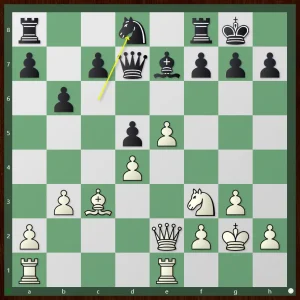
16. Ng1
A backward Knight moves to activate his Kingside pawn majority. This game is instructive as Karpov plays an exceptional game using his Kingside pawn majority.
8. Pawn Majority Queen’s Side
Now we look at how we can use a pawn majority on the Queenside. A queenside pawn majority was considered an advantage in the early 1900s but novel methods to counter them have been discovered since then.
Nevertheless, they can prove to be a useful strategy in many scenarios.
In the following game, Carlsen activates his frozen Queenside pawn majority through tactical means. Once the pawn majority is in motion, Black is unable to contain it.
You also might like Rapid Chess Improvement: Evaluation of Positions as well as 5 Ways to Improve Your Chess for Under 2000.
Frequently Asked Questions
Is chess 0% luck?
No, there is a small element of luck involved in chess. It might manifest as an opponent blunder when you’re losing or unexpectedly winning on time. Sometimes you can get lucky by winning on an online disconnection.
What is the most effective chess strategy?
Different positions require different chess strategies. We can find the most effective strategy through sound calculation and knowledge.
Is there any trick to win chess?
No, there is no shortcut to winning chess. It takes dedication, practice, and a willingness to learn and improve to win in chess.



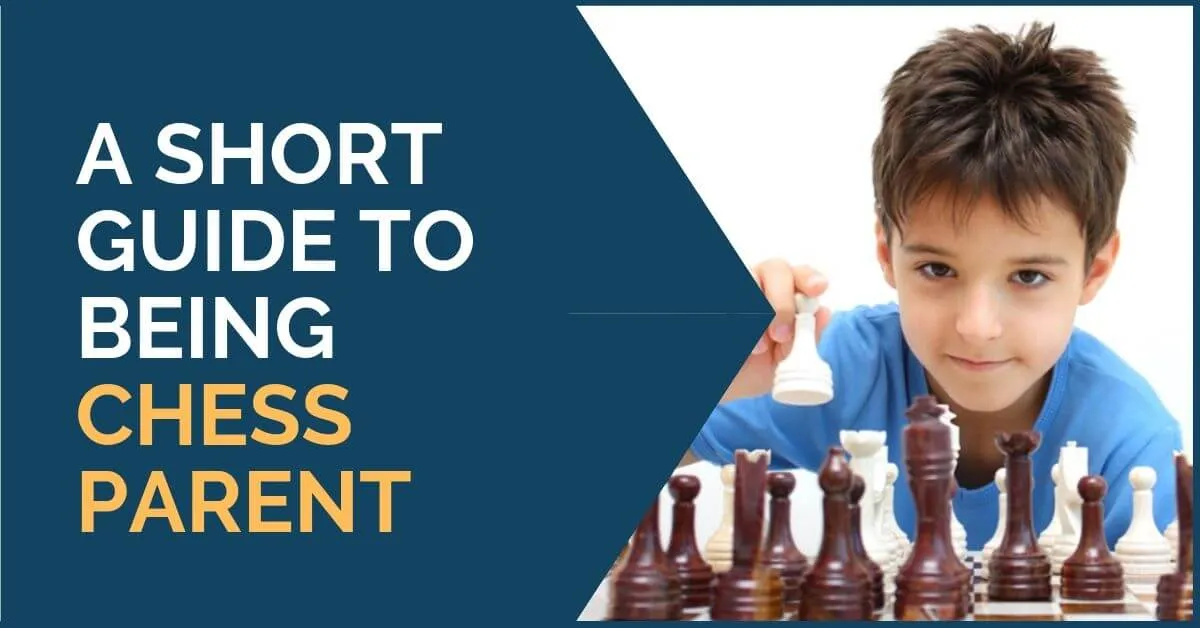
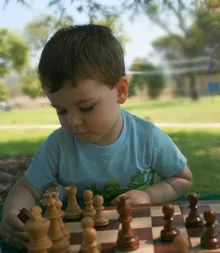
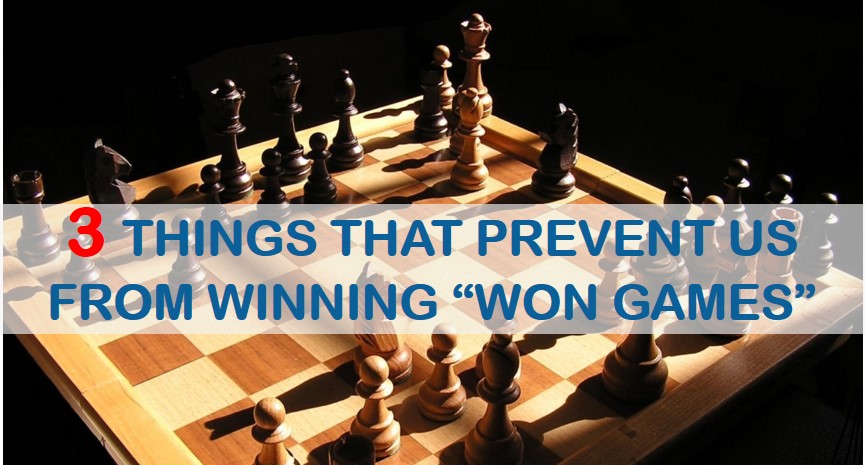




Comments: